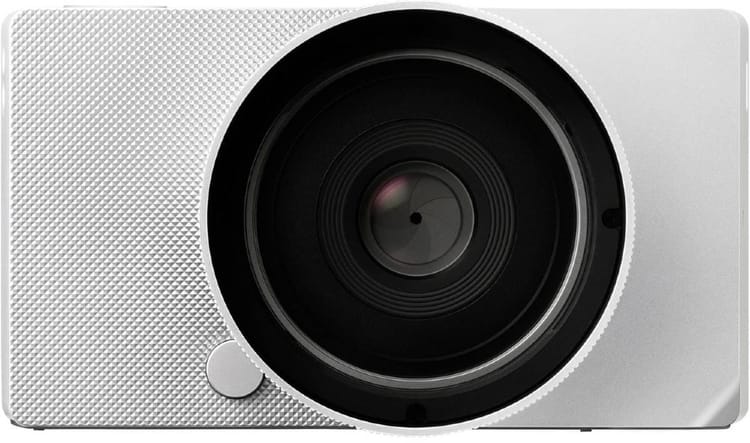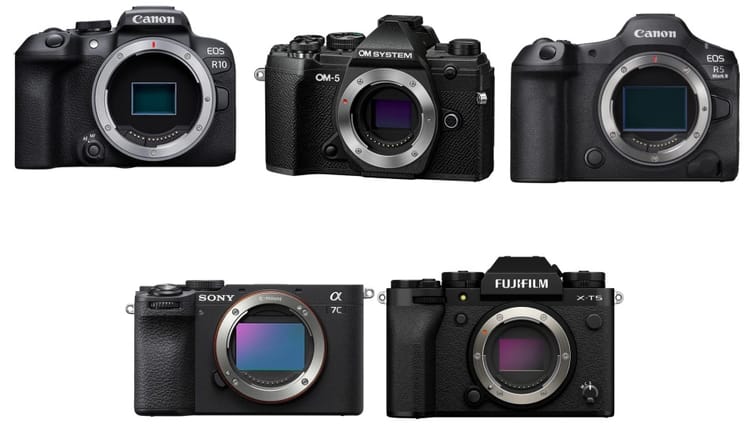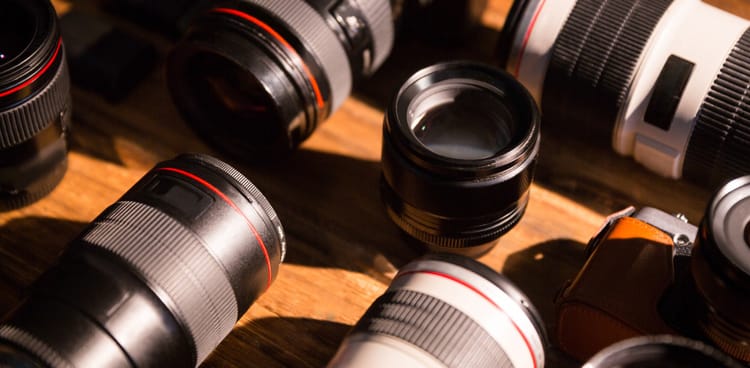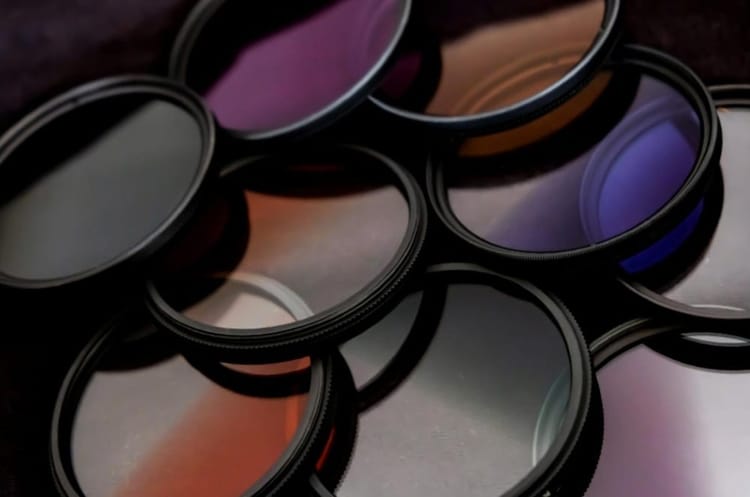Best Gimbal Stabilizers for DSLR Cameras
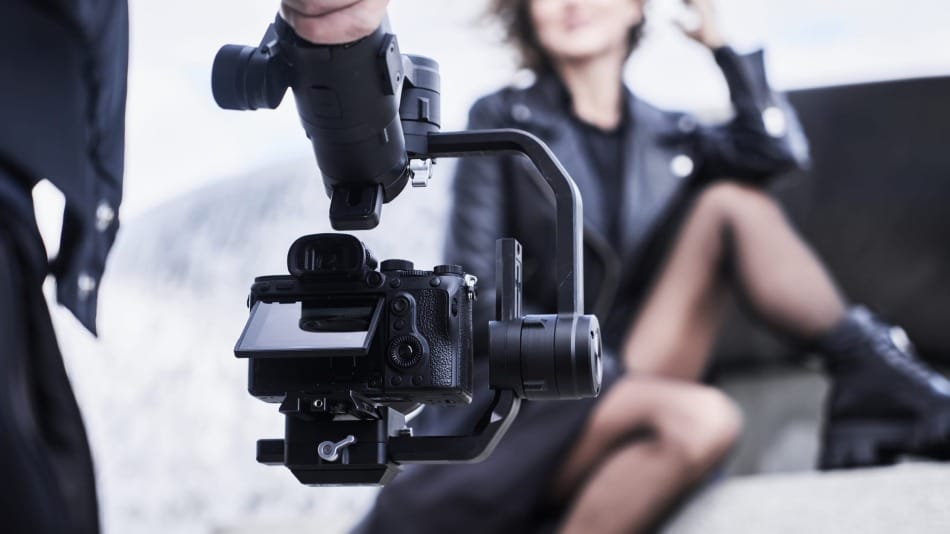
Shaky footage can ruin even the most beautifully composed shots. A quality gimbal stabilizer transforms your DSLR videos from amateur-looking clips into smooth, professional content. The DJI RS 4 Pro and Zhiyun Crane 4 are the top gimbal choices in 2025, supporting heavy camera setups up to 10 pounds while offering advanced features like LiDAR focusing and intelligent shooting modes.
Your DSLR camera deserves proper stabilization to unlock its full potential. Modern gimbals use motors and sensors to counter every tiny movement, letting you capture cinematic tracking shots and low-angle footage that was once only possible with expensive film equipment. The latest models feature quick-release plates, wireless control, and automated modes that help you nail complex camera movements.
Whether you're filming weddings, making YouTube content, or shooting independent films, the right gimbal makes a huge difference in production value. Today's stabilizers work with virtually any DSLR setup and come with smart features like time-lapse modes, panorama assistance, and focus pulling capabilities that expand your creative possibilities.
Understanding Gimbal Stabilizers
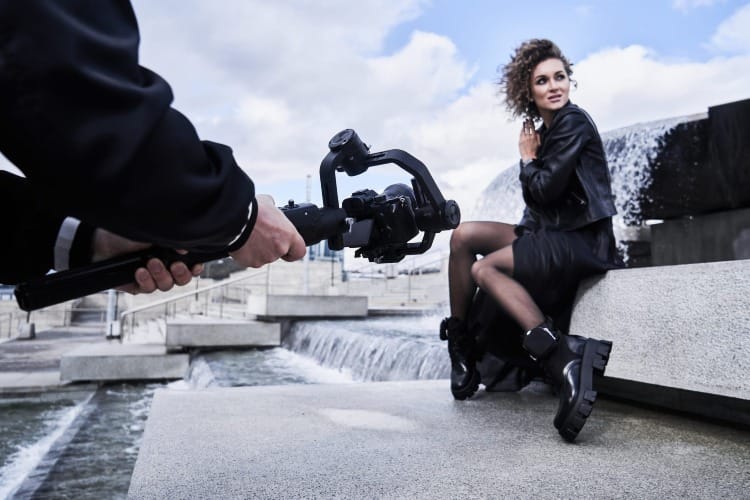
Gimbal stabilizers use advanced motion control technology to keep your camera steady and level while you move. They create smooth, professional-looking footage by countering unwanted camera shake and movement.
The Mechanics of Gimbals
A 3-axis gimbal uses motors and sensors to stabilize your camera on three different axes: pan, tilt, and roll. Each motor responds in real-time to keep your camera balanced.
The pan axis controls left and right movement. The tilt axis handles up and down motion. The roll axis maintains horizontal balance.
Electronic sensors detect tiny movements and send signals to the motors. These motors then make micro-adjustments to keep your camera steady.
Modern gimbals use brushless motors for quiet, precise operation. Many include built-in controls to help you create cinematic camera moves.
Types of Gimbal Stabilizers
Handheld Gimbals: These portable units let you move freely while filming. They work great for run-and-gun shooting and following moving subjects.
Two-handed Gimbals: These larger stabilizers offer better support for heavier cameras. They give you more control during complex movements.
Wearable Gimbals: You can mount these to body harnesses for hands-free operation. They're ideal for action shots and long filming sessions.
Most gimbals offer multiple shooting modes:
- Lock mode: Keeps the camera pointed in one direction
- Follow mode: The camera smoothly follows your movements
- POV mode: All axes follow your movement for immersive angles
Top Picks for DSLR Gimbals
A quality DSLR gimbal needs strong motors, reliable stabilization, and smooth pan/tilt controls. The right choice depends on your camera weight and shooting style.
Professional-Grade Gimbals
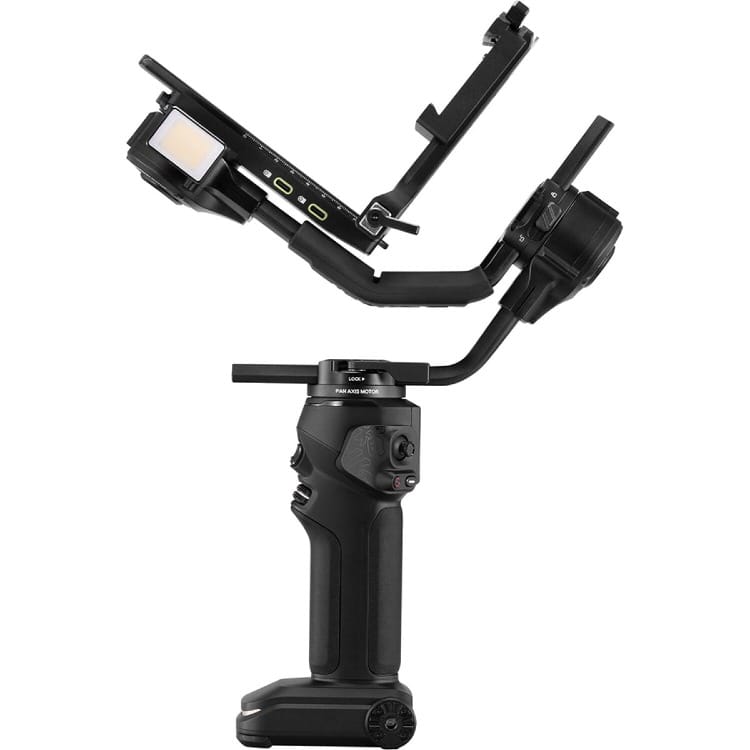
The DJI RS 4 offers exceptional stabilization for professional DSLR setups up to 6.6 pounds. Its quick-release plate and tool-free balancing make setup fast and simple.
The Zhiyun Crane 4 stands out with its strong motors and advanced features. You get precise control through the mobile app and a bright touchscreen display for quick adjustments.
The DJI Ronin-SC works perfectly for lighter DSLR rigs under 4.4 pounds. Its compact design makes it ideal for travel while maintaining professional-level performance.
Budget-Friendly Options
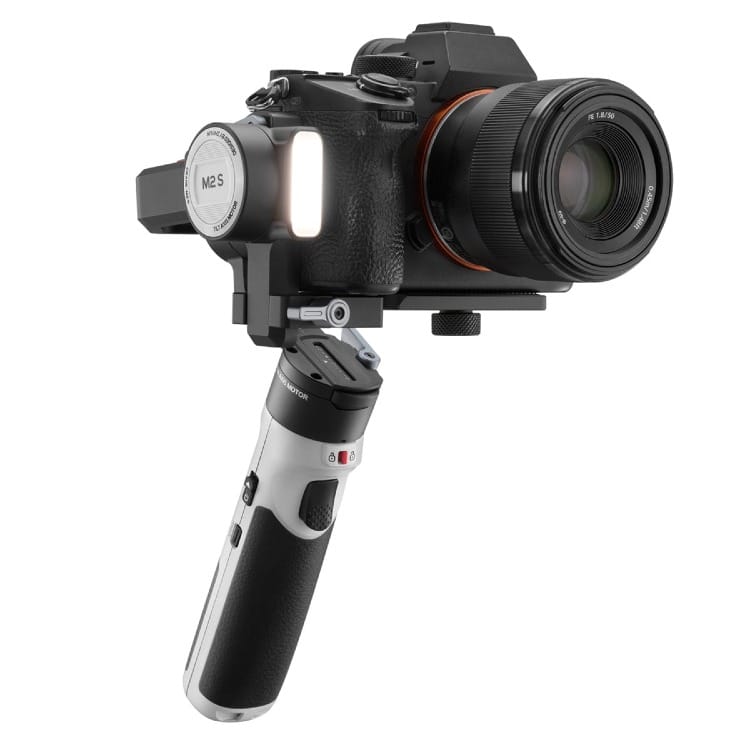
The Flycam HD-3000 gives you manual stabilization at an affordable price point. Its counterweight system lets you balance cameras up to 3.5 pounds.
You'll find good value in the Zhiyun Crane M2. It handles lighter DSLR setups and includes features like time-lapse and motion control.
Key features to look for in budget gimbals:
- 3-axis stabilization
- Battery life over 8 hours
- Quick-release plate system
- Basic app connectivity
Features to Consider
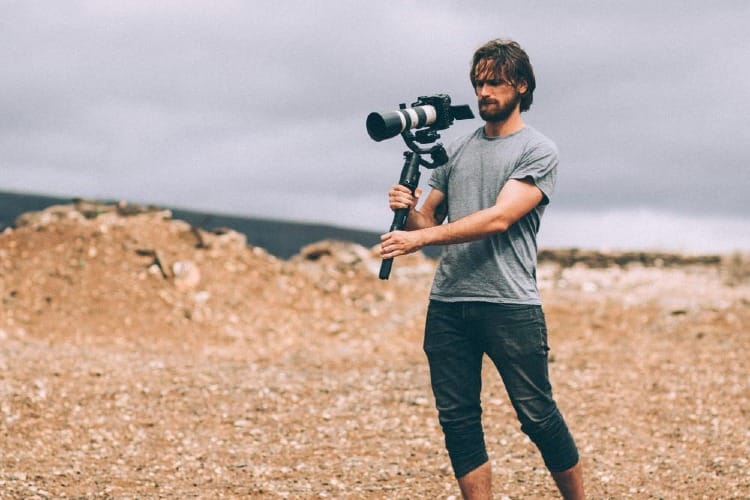
A great DSLR gimbal needs to match your specific shooting style and equipment while offering reliable performance. The right combination of weight capacity, battery power, and mounting options makes the difference between smooth footage and frustrating shoots.
Weight and Portability
The ideal gimbal balances durability with easy transport. Most modern DSLR gimbals weigh between 2-4 pounds without cameras attached.
Look for carbon fiber construction to reduce weight without sacrificing strength. Foldable designs let you pack the gimbal in smaller bags.
A lightweight gimbal of around 2 pounds works well for mirrorless setups. For full-frame DSLRs with heavy lenses, choose models rated for 6-8 pounds of payload capacity.
Battery Life and Motors
High-quality brushless motors provide smooth, silent operation. Stronger motors handle heavier camera setups without strain.
Most gimbals offer 12-14 hours of battery life. Models with quick-charging via USB-C can reach 50% power in under an hour.
Dual batteries let you hot-swap power without stopping shots. Check that the motors maintain consistent performance as battery levels drop.
Compatibility and Attachments
A versatile quick release plate system saves setup time between shoots. Look for Manfrotto and Arca-Swiss compatibility.
The mounting platform should adjust to fit different camera body sizes. Extension arms accommodate longer lenses.
Key mounting points to check:
- 1/4" and 3/8" threads for accessories
- NATO rail mounting
- Focus wheel attachment points
- Handle extensions
Multiple mounting positions let you switch between high and low angles quickly.
Using Gimbals for Different Types of Photography
Camera gimbals transform shaky footage into smooth, professional results across multiple photography styles. Their 3-axis stabilization systems compensate for hand movements while giving you precise control.
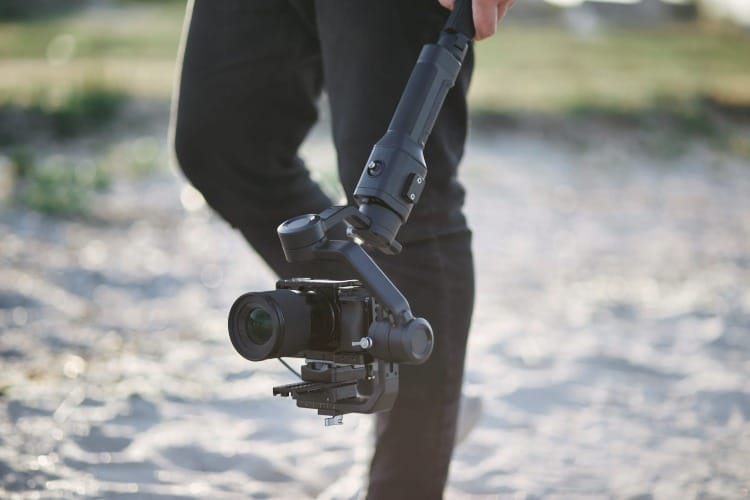
Videography and Cinematography
A gimbal is essential for creating cinematic motion in video work. You'll get fluid tracking shots when following moving subjects like athletes or vehicles.
The DJI RS 4 and Zhiyun Crane 4 excel at stabilizing heavier DSLR setups with additional gear like microphones and lights.
Walking shots become much more stable with a gimbal. You can move alongside your subject while maintaining steady framing.
For low-angle tracking, hold the gimbal near the ground to capture smooth motion. This technique works great for sports and action sequences.
Still Photography
While gimbals are mainly used for video, they benefit certain types of still photography, too.
Long exposure shots become easier since the stabilization reduces camera shake. This helps when shooting in low-light conditions.
You can achieve smoother panning motions for panoramic photos. The motorized head maintains consistent movement speed.
Key Stabilization Benefits:
- Reduces motion blur in low light
- Helps with hand-held macro photography
- Makes it easier to frame moving subjects
- Allows stable shooting at slower shutter speeds
Accessory Integration
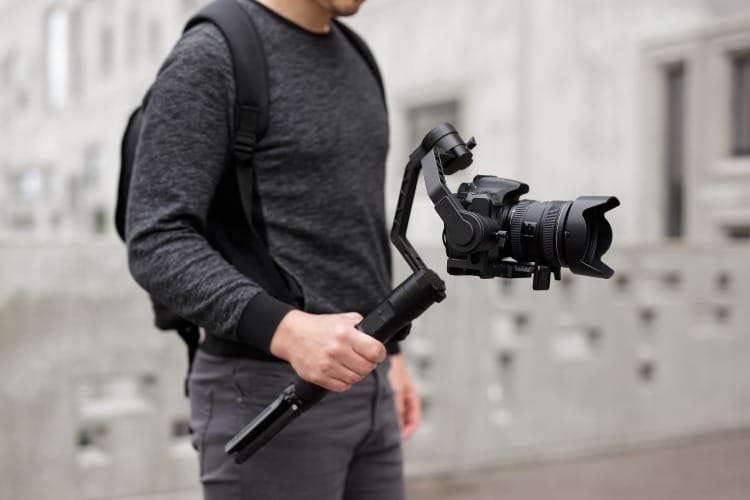
Gimbal stabilizers work seamlessly with various camera accessories to enhance your shooting capabilities. Extra gear extends functionality while maintaining smooth, steady footage.
Tripods and Monopods
Your gimbal needs proper support for static shots and extended filming sessions. Quick-release plates let you switch between handheld and mounted positions in seconds.
Most modern gimbals include standard 1/4-inch thread mounts on the bottom for attaching to tripods. Some models offer additional mounting points on the sides and top.
A monopod can act as a makeshift boom arm when paired with your gimbal. This combo gives you high-angle shots while reducing arm fatigue.
Additional Equipment
Essential Add-ons:
- Follow focus systems
- External monitors
- LED lights
- Wireless transmitters
Mount these accessories using the cold shoe ports found on many gimbals. Be careful not to exceed your gimbal's weight limit when adding gear.
Most DSLR gimbals include multiple mounting points for balanced weight distribution. Position heavier items close to the gimbal's center axis for optimal performance.
Handle extensions give you more control during low-angle shots. Many models offer dual-handle setups for improved stability during complex movements.
Conclusion
A quality gimbal stabilizer makes a big difference in your camera work. When you choose the right one, you'll get smooth, professional-looking footage without the shakiness.
The DJI RS 4 stands out as a top choice for most photographers and videographers. Its auto-folding design and removable battery pack make it practical for daily use.
Your budget and camera setup will guide your final choice. Remember to check the weight capacity and make sure it matches your camera gear.
Consider starting with basic stabilization techniques if you're new to video. Many modern cameras have built-in stabilization that works well when combined with proper handling.
The right gimbal will grow with your skills and help you create better content. Pick one that fits your current needs while leaving room for future growth.
Key points to remember:
- Match the gimbal to your camera's weight
- Check battery life and charging options
- Look for features that fit your shooting style
- Test the controls before making a final decision

